I was wondering if I get some advice about fitting hurdle models using continuous data and covariates. I have some continuous data that are generally well fit using a right-skewed distribution such as a Pareto, Gamma, or Weibull distribution. However, there several zeros in my data which are important to my analysis. In addition, I have some categorical (two-level) covariates and would like to model the parameters of a distribution as a function of these covariates in order to formally evaluate their importance (e.g., using AIC). I have seen examples of hurdle models fit using continuous data but have not yet found any examples of how to incorporate covariates and a model-selection framework. Does anyone have any suggestions as to how to proceed or know of any R packages that allow this procedure? I have included some code below to reproduce the type of data I am working with. The non-zero data are generated via a generalized Pareto distribution from the package texmex. The parameters were estimated directly from my non-zero data. I have also included the code to plot the data in a histogram to see their distribution.
library("texmex")
set.seed(101)
zeros <- rep(0,8)
non_zeros <- rgpd(17, sigm=exp(-10.4856), xi=0.1030, u = 0)
all.data <- c(zeros,non_zeros)
hist(non_zeros,breaks=50,xlim=c(0,0.00015),ylim=c(0,9),main="",xlab="",
col="gray")
hist(zeros,add=TRUE,col="black",breaks=100,xlim=c(0,0.00015),ylim=c(0,9))
legend("topright",legend=c("zeros"),col="black",lwd=8)
